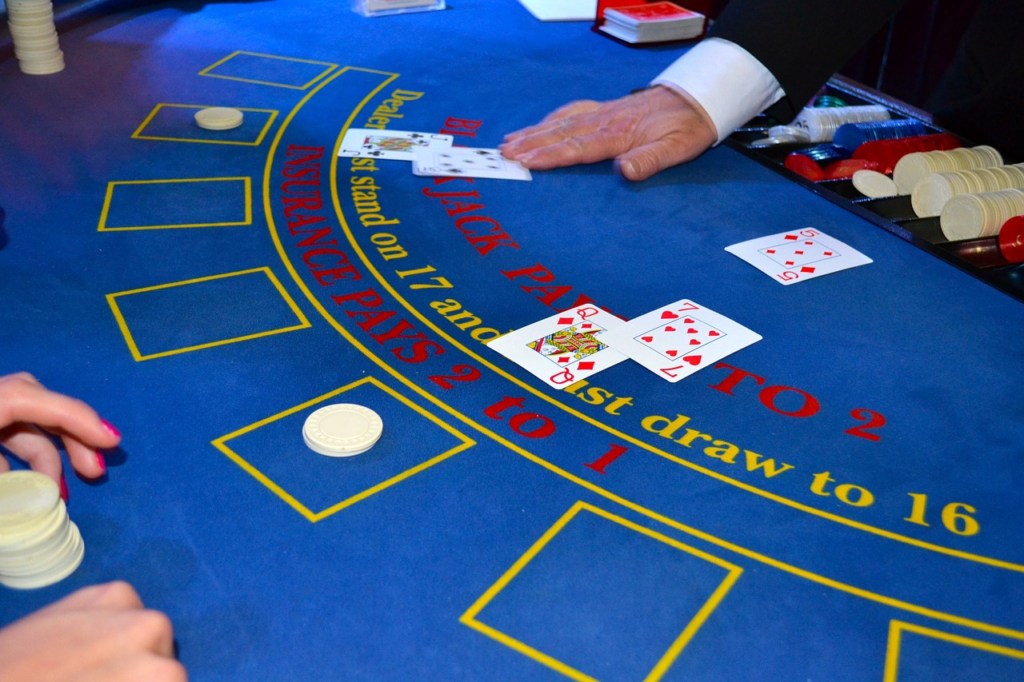Exploring The History of Blackjack
History doesn’t have to be boring. The success of Netflix shows like The Crown and Roman Empire is solid proof that history can be riveting, sexy, and even enlightening. So, does Blackjack have an interesting story to tell? Are we likely to see its tale being told on the silver screen?
While blackjack originally was played with physical cards, and still is, now we can play just about anywhere without so much as a single deck in our pocket. Of course, nowadays it can be played even on the move thanks to technology and mobile responsive websites. Additionally, players can also register with providers offering instant play casino bonus codes, for an enhanced and more exciting gambling experience.
But way before even the first personal computer was released, we saw the rise of a booming new-found gambling diamond: blackjack.
A murky past
Card games have been around for many centuries, and historians have speculated about the true origins of blackjack for some time. In the 1600s, card games where you had to hit a certain number were popular in various regions. In Spain it was Trente-et-Un and in France, they played Quinze. Even in ancient Roman times, a game was played with blocks where the goal was to reach 21. However, these games are not exactly blackjack, even if they show quite a resemblance to the game.
The French, during the 1500s, were the ones to establish the standard playing cards we see today, they added the suits of diamonds, hearts, spades, and clubs, and also the face cards of King, Queen, and Jack.
The French are in a revolution
In the 1700s, the French were actively pursuing territorial takeovers globally, stretching from the French regions of Canada such as Quebec and a presence in Louisiana, to Caribbean isles such as Saint Lucia and Martinique, and even through to Africa, India in Pondicherry, South East Asia including Vietnam and Laos, and all the way through to Polynesia including Tahiti.
While the majority of their territories were returned to the people of their nations or other presences in the area, the French remain in control of a number of places overseas such as Martinique and Reunion Island.
So, we’ve set the scene for the French being revolutionaries during this time. Not only were they making territorial strides across the world, but they were also in a period of scientific enlightenment and having an actual revolution within their country, which changed how the society worked.
Why are we talking about the French in the 1700s? Because that’s where blackjack, as we know it today, was born. Armed with their standardized deck of cards, the French were setting off around the world and introducing cards to whole new audiences.
Blackjack in France
Blackjack has its solidified roots in the French game of Vingt-et-Un, a game popularized during this time in the region where players needed to total 21. At the time, in France, gambling houses were some of the coolest places to hang out. Consider them like an exclusive club would be now. What this meant was that the aristocracy were the ones playing the early games of what we’ve come to know as blackjack. Perhaps this is why the image persists of blackjack as a game for the quick-witted, the 1%, for those who are in the know.
Thanks to the dissemination of the French people around the world during this time, card games with a standardized set of cards, like early blackjack, were slowly peeking out to all corners of the Earth.
The Americans are at it again
After the French brought card games to the US, they were fairly quick to catch on, becoming popular in saloons around the country, especially in towns where the gold rush was on. Once Nevada was classified as a gambling state post the prohibition era in the 1900s, blackjack was seriously big business, with many of the tables in casinos dedicated strictly to the game.
The name blackjack came from the US, in terms of a very specific bonus pay out. This was when a player received a bonus for a hand containing an Ace of Spades plus the Jack of Spades or Clubs. While this rule isn’t often played in modern variants of blackjack, the name of the game took off. To be honest, it has far more of a ring to it than the boring and staid 21.
And on and on
Now, as we sit in 2023, we don’t need cards to play blackjack. We can now just jump on our phones and play a game whenever and wherever we like. While the French aristocracy might be horrified to see the game reduced to a solo affair, played in a darkened room alone, it sure makes it far more accessible.
